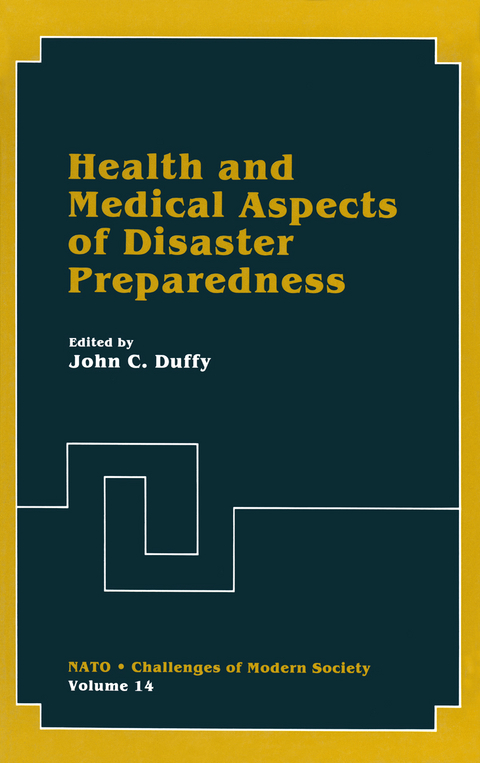
Health and Medical Aspects of Disaster Preparedness
Springer-Verlag New York Inc.
978-1-4612-7880-1 (ISBN)
Disaster Medicine - An Overall Response to Disaster Situations NATO - Joint Civil/Military Group.- Teaching and Training In Emergency and Disaster Medicine.- A Planning Model for Disaster Response.- The French Armed Services Health Department: Its Role Facing Natural Disasters.- Veterans Administration Health Care System Experience With Natural Disasters.- Chemical Hazards on Ships, Especially Tankers: Toxicargo in General and Chemical Tankers Chemical Hazards on Board.- Veterinary Services in Disasters and Emergencies.- Disaster Planning that Addresses the Preservation of Cultural Property.- A Review of Medical Response to Disaster Casualties.- Common Psychological Themes in Societies’ Reaction To Terrorism and Disasters.- Psychological Training of Disaster Workers.- Role and Function of Antipoison Centers in Toxicological Emergencies and Disasters.- Injury Patterns Associated with Earthquakes.- A Multidisciplinary Approach to the Medical Management of Man-Made and Natural Toxic Disasters.- The Aircraft Disaster.
| Reihe/Serie | Nato - Challenges of Modern Society ; 14 |
|---|---|
| Zusatzinfo | 200 p. |
| Verlagsort | New York, NY |
| Sprache | englisch |
| Maße | 170 x 244 mm |
| Themenwelt | Sachbuch/Ratgeber ► Gesundheit / Leben / Psychologie |
| Sachbuch/Ratgeber ► Natur / Technik ► Garten | |
| Studium ► Querschnittsbereiche ► Epidemiologie / Med. Biometrie | |
| Studium ► Querschnittsbereiche ► Prävention / Gesundheitsförderung | |
| ISBN-10 | 1-4612-7880-5 / 1461278805 |
| ISBN-13 | 978-1-4612-7880-1 / 9781461278801 |
| Zustand | Neuware |
| Haben Sie eine Frage zum Produkt? |
aus dem Bereich


